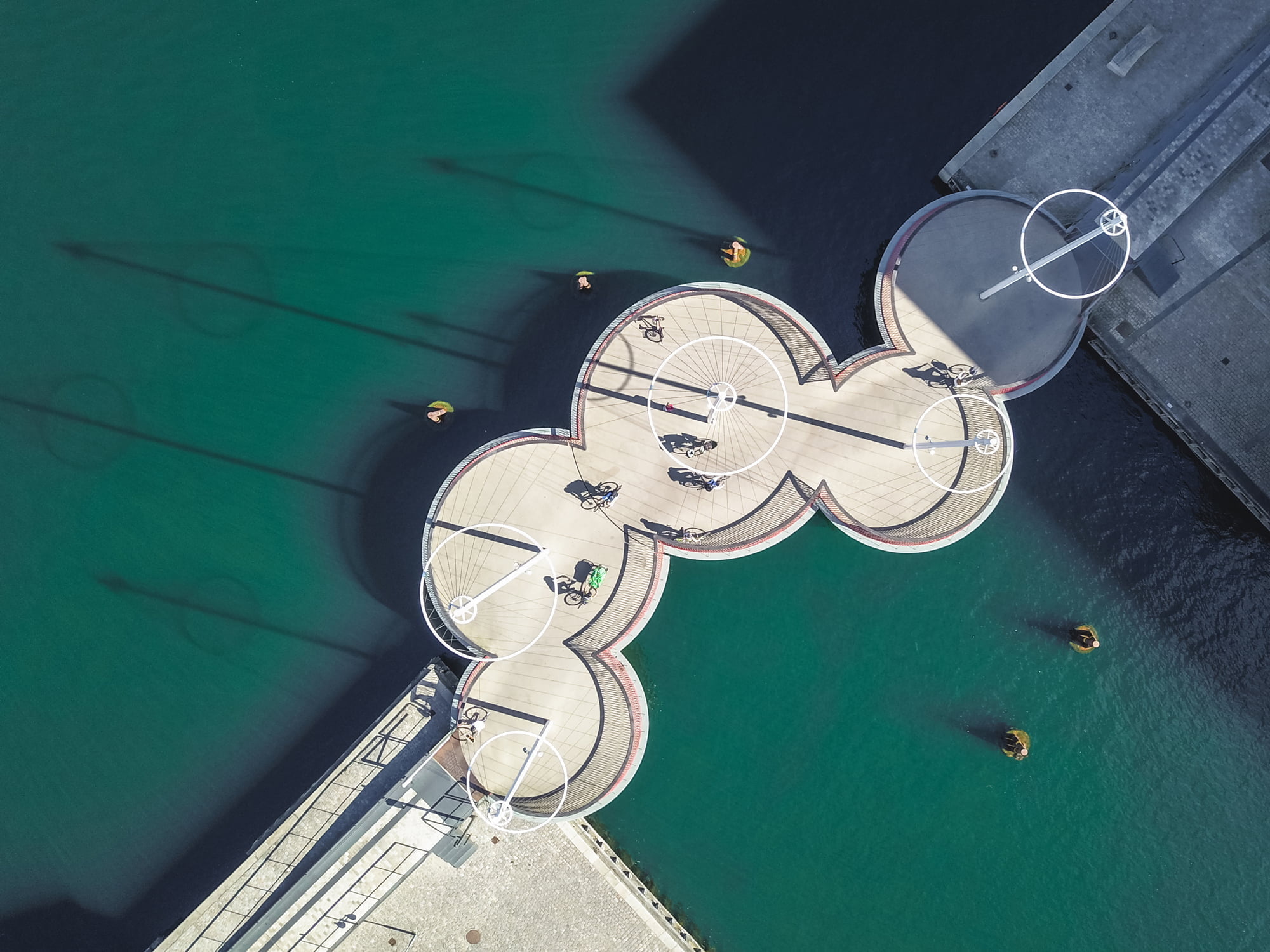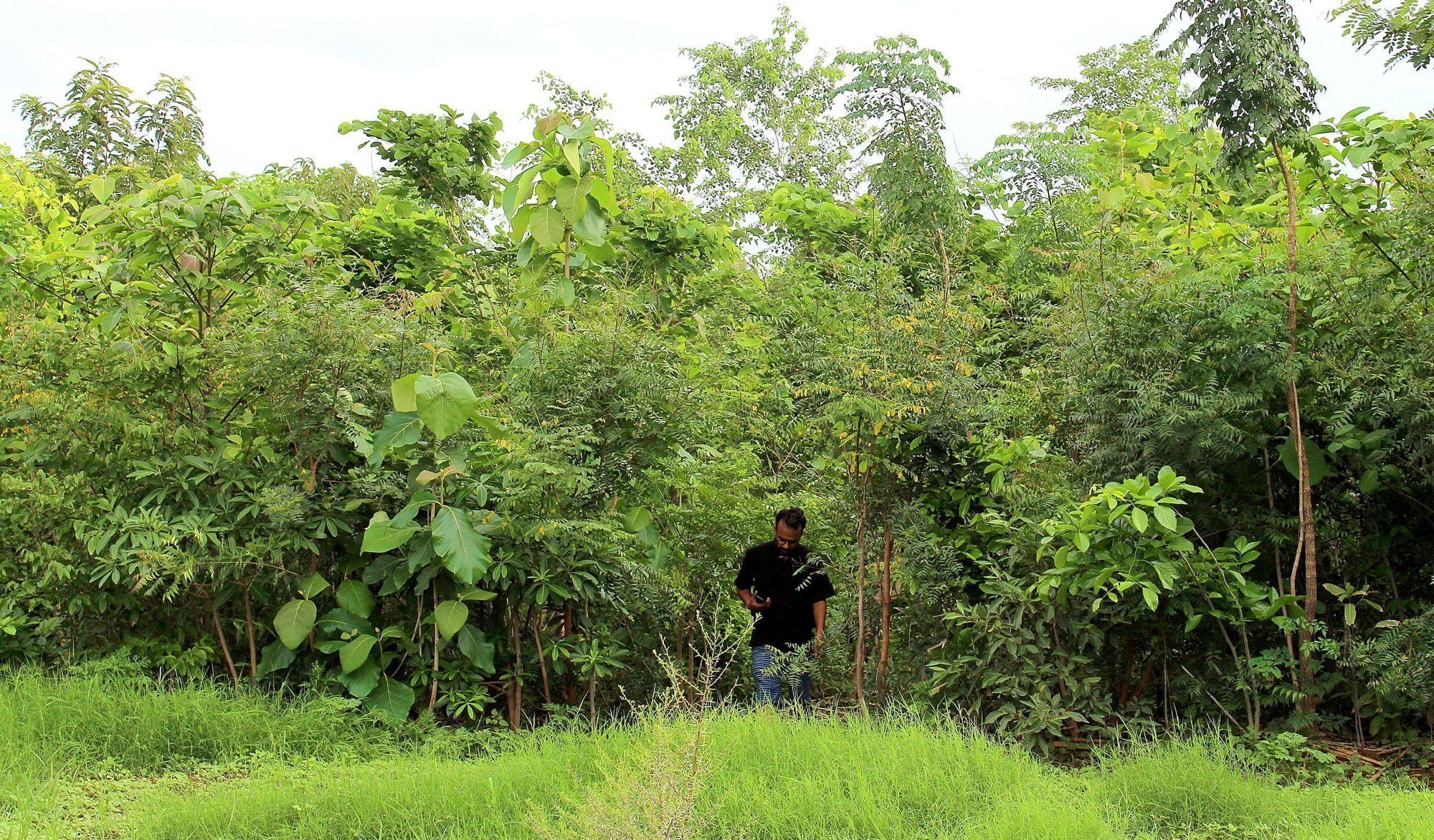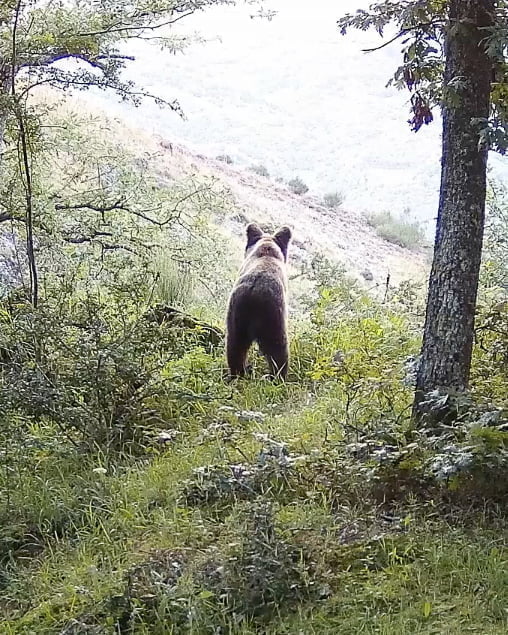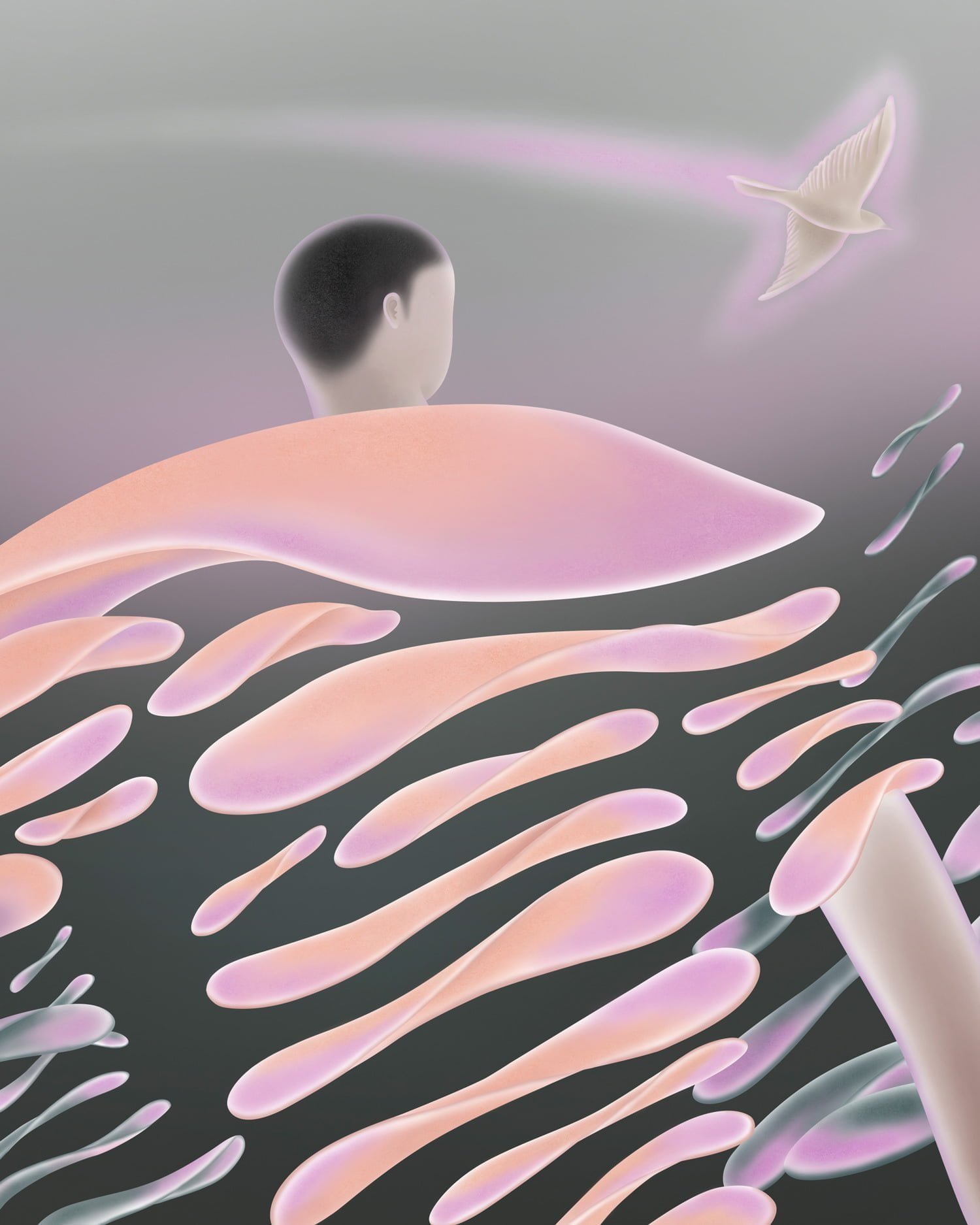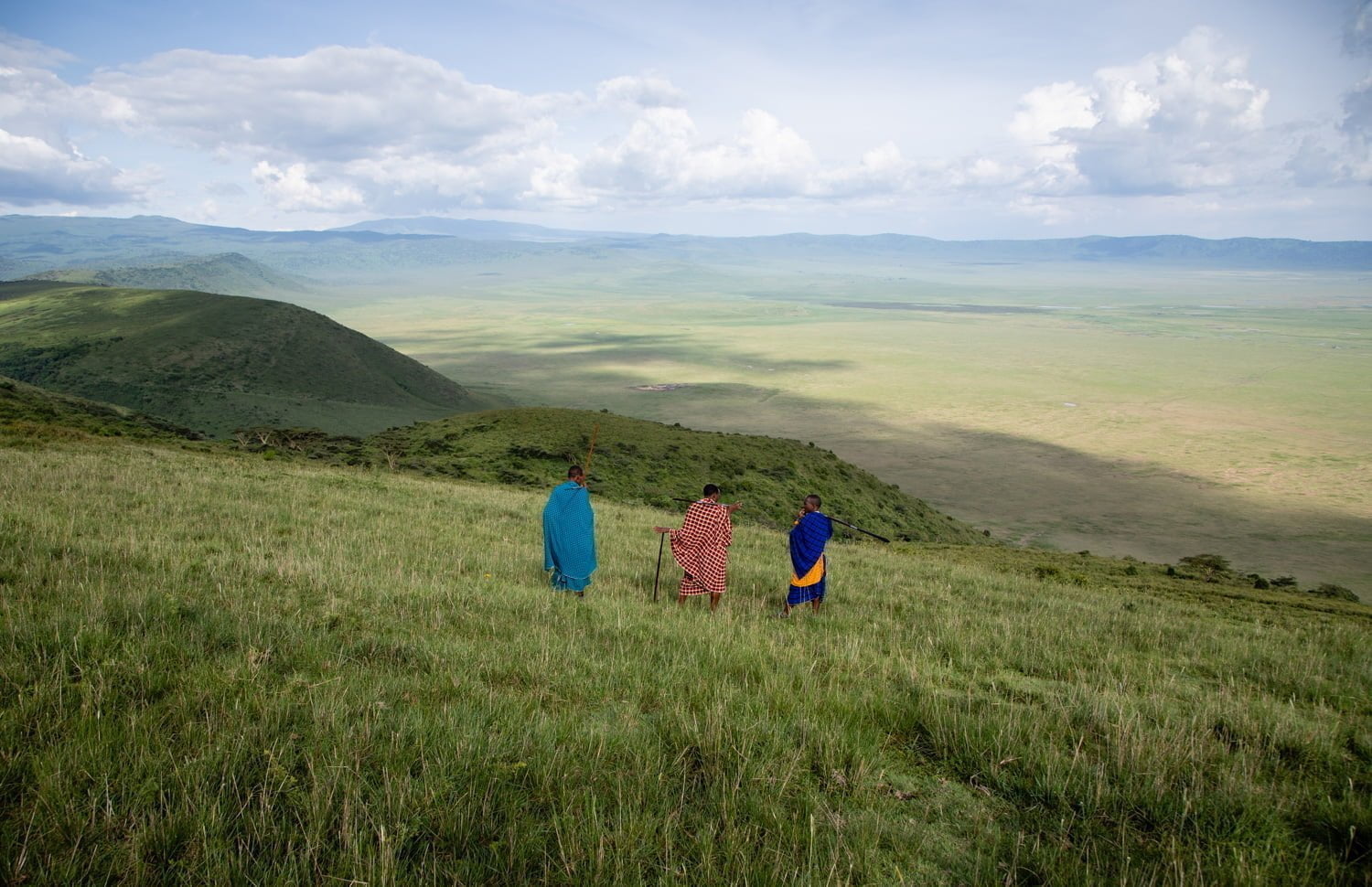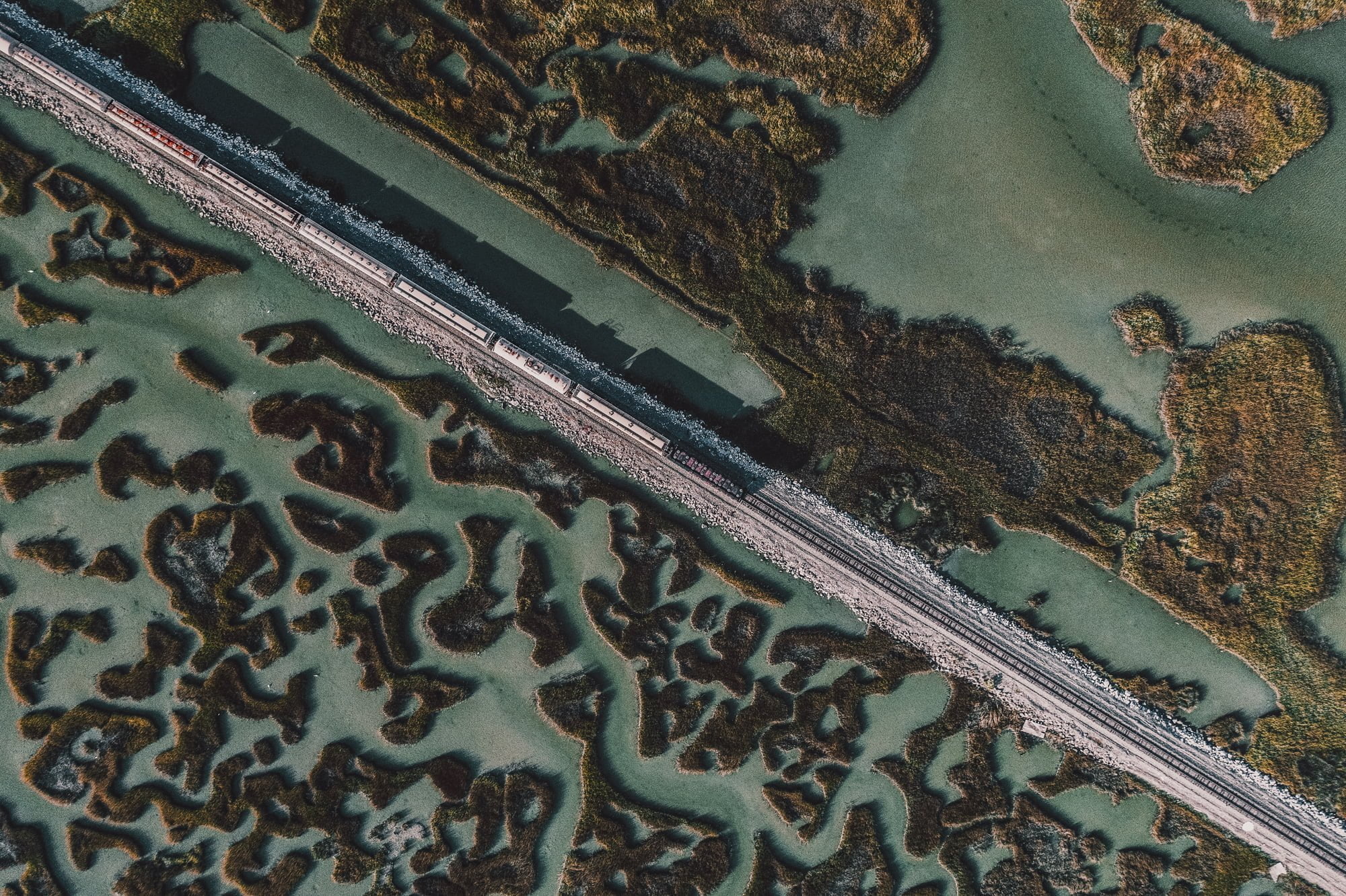More than half of the world’s people live in cities – so what happens there has a big impact on our global battle against climate change. But which ones are throwing everything they’ve got into the challenge? Here are just five cities worth their sustainable salt.
Copenhagen, Denmark
Best for bikes
What do you do if you want to convince your city’s citizens to swap the comfort of their cars for the beauty of the bicycle? You follow in Copenhagen’s footsteps, of course. Because, having set its sights on being carbon-neutral by 2025, this city is pedalling hard and fast to reach that finish line. Not only does it have 382km+ of cycle lanes, it’s also the proud host of bike bridges, and traffic signals designed to let cyclists swoosh past crawling motorists during rush hour on a wave of green lights. On top of that, there’s a network of cycle superhighways that facilitate long-distance commutes to and from 30 surrounding municipalities (so far leading to a 23% increase in cyclists on weekdays).
Come rain, shine or snow (cleared from bike lanes before the roads), you’ll see urbanites of all ages, class and occupation take to their saddles as cycling accounts for half of all trips to work and a quarter of all journeys to class (which explains why only about 29% of households actually own a car). And those who prefer four wheels need not worry about losing their sustainable face as the city’s diesel buses are currently going green with the full fleet being electric by 2025.
But of course, cycle-fever isn’t Copenhagen’s only eco credential. Others include vending-style recycling machines that pay a deposit for every bottle returned; organic produce accounting for a quarter of total food sales (fast-food included); two-thirds of hotels being eco-certified and waterways clean enough to swim in. There’s also CopenHill, one of the world’s cleanest waste-to-energy power plants that doubles up as a recreation centre with a rooftop artificial slope for snow sports, a climbing wall, hiking and running trails, and more. What a tour de force.
Main image: Copenhagen’s Circle Bridge (Cirkelbroen). Photo by Lingxiao Xie via Getty Images

We’re able to tell stories like this because of people like you. Join others from around the world in supporting Imagine5’s mission towards a sustainable future. Become a member, or donate what you can. Join today and receive our latest magazine for free.
Singapore
Supertrees and vertical greenery
We all know trees are vital for the environment and that deforestation has devastating effects. So it’s a no-brainer that we need to keep planting trees in order to help mitigate climate change. And it’s also a no-brainer that, as an innovative and imaginative city, Singapore would introduce a whole new twist to this concept: the Supertree. Located in the Gardens by the Bay park, 18 of these tree-like structures stand between 25m and 50m tall in a man-made forest that marries nature, environmental management, technology and art.
With their steel frameworks, the trees act as vertical gardens for around 163,000 plants of over 200 species, absorbing as much CO2 from the air as possible. What’s more, Singapore’s Supertrees are fitted with environmental technologies that copy Mother Nature’s trees’ ecological role, such as harvesting solar energy via solar photovoltaic systems, and collecting rainwater. The large canopies regulate temperatures by absorbing and dispersing heat; act as air venting ducts for the conservatories; provide shade in the day and (unlike real trees) a light show at night.
The Supertrees are just one of Singapore’s ways of creatively weaving nature into urban planning. Another is the National Parks Board’s Skyrise Greenery Incentive Scheme which has helped install green roofs and walls, edible gardens and recreational rooftop gardens on over 110 existing buildings since its launch in 2009. It’s a mindset that has firmly taking root: any new developments must include plant life on them now too. And, with the nickname of ‘City in a Garden’ and hailed as one of the world’s greenest cities, it’s obvious that Singapore is doing something super right.
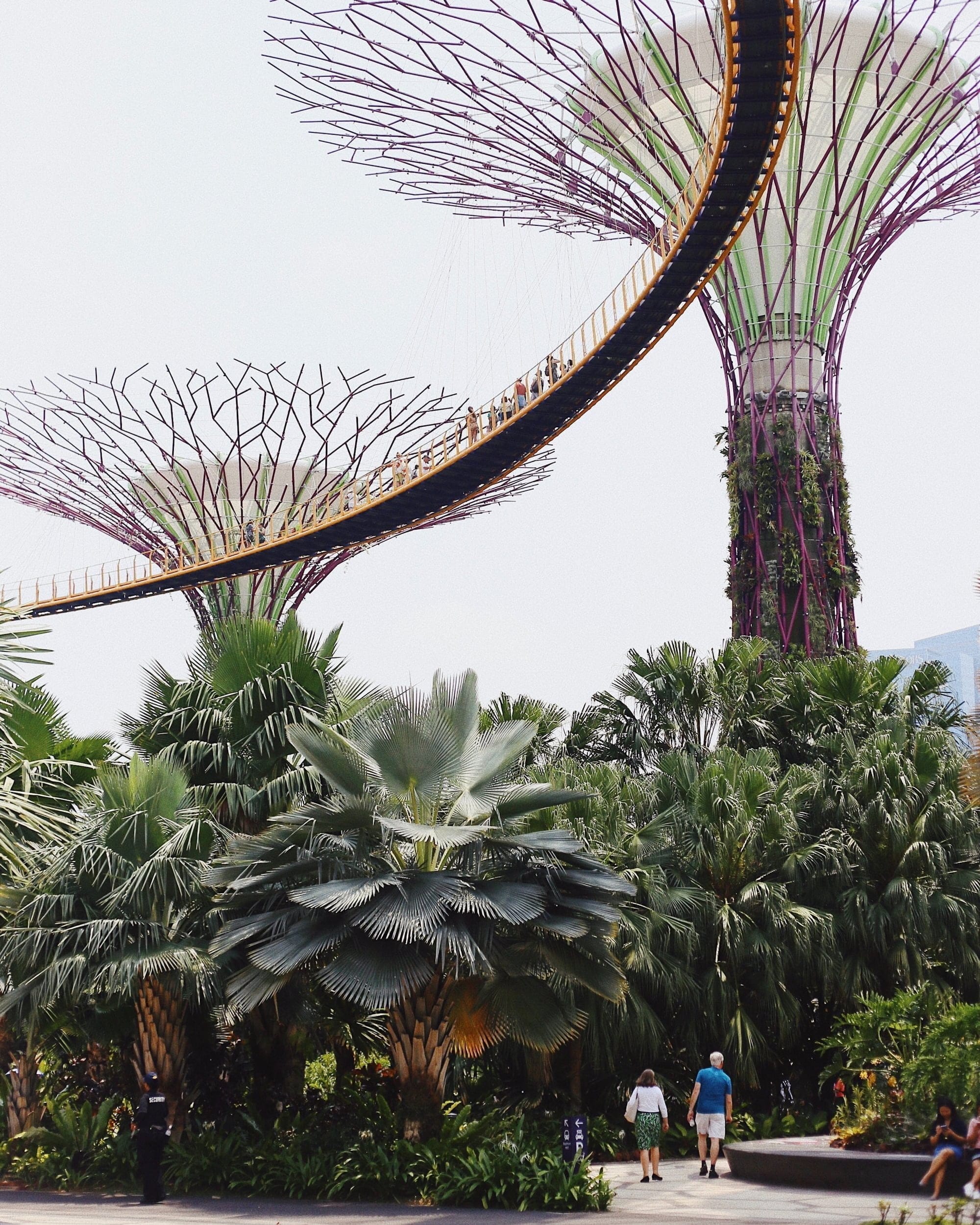
Gardens by the Bay, Singapore.
Photo by Taylor Simpson on Unsplash
Ljubljana, Slovenia
Buzzing ecosystem
Slovenia’s capital is home to some 287,000 people. And some 180 million bees. The latter – when not buzzing around blooms doing their important bee stuff – can be found buzzing inside more than 4,500 beehives that make up the city’s ‘Bee Path’. Opened in 2015, the path promotes public awareness on the bees’ significant role in the city’s biodiversity, our survival and food security, as well as Ljubljana’s long-running beekeeping heritage.
Originally created simply as a route between individual bee-related locations, the Bee Path has since become a movement of like-minded people and diverse bee and beekeeping-activities thanks to its stakeholders (think: educational, cultural and health institutions, NGOs, businesses, individuals and, of course, the 300-odd beekeepers whose hives shelter the stars of this show). Nowadays, the project also encompasses, among others, educational programmes for citizens of all ages and beekeepers alike; a think-tank and incubator for new business ideas; and the development of urban apiaries and bee stands. No wonder the Slovenian Beekeepers’ Association has recognised Ljubljana as the most bee-friendly municipality.
This year, European Best Destinations has ranked it number one European Green Capital, and Green Destinations placed it on its Global Top 100 Sustainable Destinations list an unparalleled six times.
With the highest percentage of green space per inhabitant in Europe (more than 542m2) and its dedication to maintaining the city’s forest areas, it’s no wonder Ljubljana’s greenness has caught visitors’ attention. Anyone visiting can enjoy a car-free city centre and make use of the bike-share scheme (free for the first hour) to pedal around on the 230km-worth of cycle paths, and recycle proudly in the knowledge that it also boasts the highest rate of waste separation in the European Union.
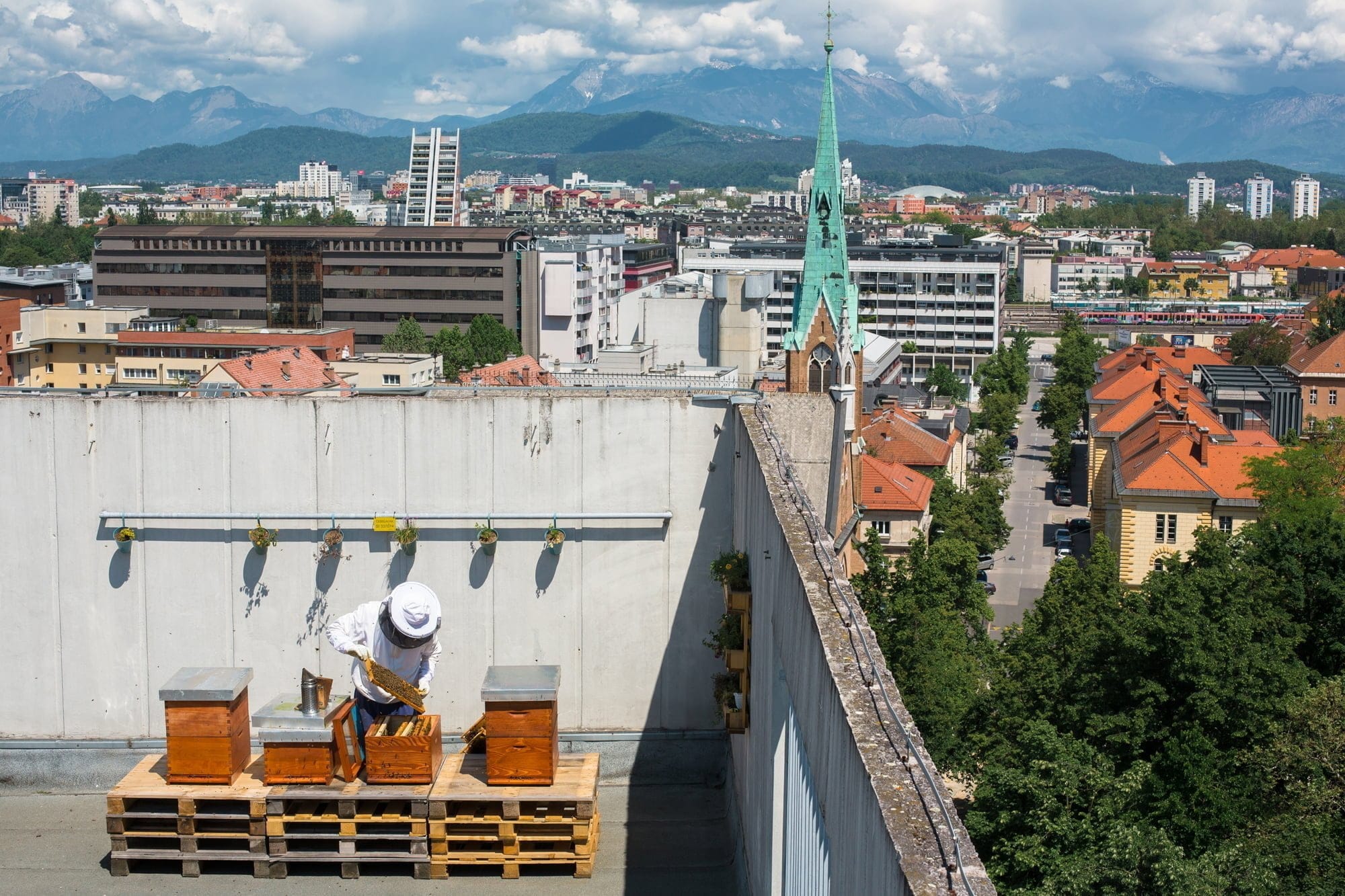
Urban beekeeper on the roof of the 13-storey Park Hotel in Ljubljana.
Photo by Luka Dakskobler
Curitiba, Brazil
Urban waste revolution
Another waste-management success story is Curitiba’s, which boasts not one but two ingeniously simple schemes that address environmental problems and social problems at the same time. How? By encouraging active (eco) citizenship and co-responsibility, and turning waste into a commodity.
The first initiative, Garbage That Isn’t Garbage, involves residents separating their organic and non-organic recyclable waste, which is then processed in centres that employ disabled and homeless people and recovering addicts. The second scheme, Green Exchange, was introduced to clean up the favelas (and thus the surrounding environment). Locals collect and trade recyclable materials for bus tickets, food, schoolbooks and more. Not only does this also provide favela residents with essentials and enable them to make journeys to jobs they otherwise couldn’t afford (thus improving employment opportunities and economic growth), it reduces food waste and helps regional farmers, too, as the municipality buys their surplus crops for the initiative.
The schemes have resulted in a reduction of around 70% of landfill waste, created more than 2,000 jobs in the waste sector and save an estimated equivalent of 1,200 trees a day (through paper recycling). Curitiba also keeps its citizens well-informed with its Free University for the Environment, which educates people about sustainability, ecology and the environment. Another source of inspiration is its globally-recognised Bus Rapid Transit system (BRT) that mirrors the performance efficiency (but not the expense) of a subway. With dedicated lanes, and specially designed buses and stations for quick boarding, 75% of the population commute using the BRT system.
And when it comes to preservation, Curitiba has combatted its flooding problems and expanded green spaces with one eco-stone by creating a greenbelt of parks, which save on the economic and environmental expense of dams, while the sheep employed to maintain them save on money and fuel and simultaneously provide manure for farmers and wool. Genius.
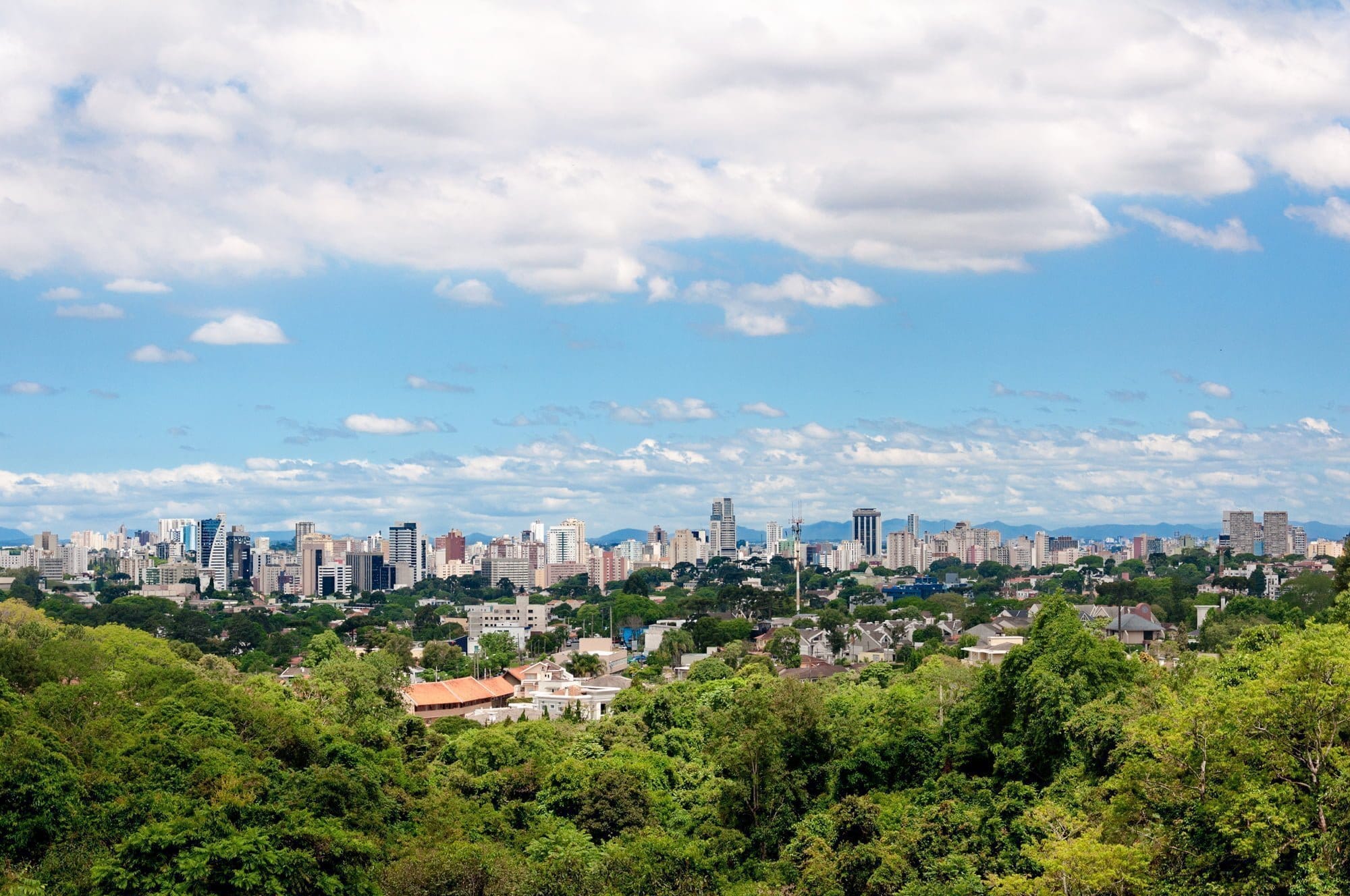
Photo by Flavio Coelho via Getty Images
Amsterdam, The Netherlands
Giving plastic-fantastic a new meaning
What springs to mind when you think of Amsterdam? Canals, bicycles, coffeeshops, museums and red lights would most likely be top of the list. But how about plastic? No, we didn’t think so. But it should be. Because this Venice of the North is putting its waterways to seriously good use when it comes to combatting plastic pollution. There’s Plastic Whale, for starters, who are tackling the plastic soup issue one group at a time with their fishing activities that see schoolkids, work colleagues, partygoers and the like gliding along in electric boats, nets in hand, having a whale of a time scooping (plastic) waste from the canals. In creative circular fashion, the plastic is then transformed into office furniture and boats.
And then there’s the world’s first-ever Bubble Barrier, that has been set up to complement the city’s waste-collection boats, which themselves collect around 42,000kg of plastics from its waterways each year. Diagonally placed where water from Amsterdam’s canals flows into the Ij River, the bubble barrier helps tackle the problem of the hard-to-catch underwater plastic waste. Air is pumped through a perforated tube that lies across the canal bed and, as the bubbles rise, they create an upwards current that draws the plastic to the surface and channels it to a collection system at the side, trapping around 80-90% of the waste that would otherwise end up in the North Sea. And if that wasn’t enough, the bubble curtain increases oxygen levels in the water which stimulates the ecosystem, and wild- and maritime life can go about their daily business without being affected by any physical barriers.
Another thing you wouldn’t automatically think of about Amsterdam is food waste. But again, you should. Take The Waste Transformer which converts the organic waste from establishments in the Westergasfabriek complex into green electricity, fertiliser and compost that goes directly back to the businesses, environment and homes of Amsterdam. And enterprises such as InStock and BuurtBuik, which turn waste food into healthy dishes (the latter providing free meals to the community). With initiatives like these on its sustainable menu, the Dutch capital is certainly living up to its entrepreneurial reputation.

Volunteers fish for plastic in one of Amsterdam’s iconic canals.
Photo courtesy of Plastic Whale
What can you do?
Making cities and communities sustainable is Goal #11 of the UN’s Sustainable Development Goals. Find out what’s involved and what you can do in this handy overview.
Goal #11We’re able to tell stories like this because of people like you. Join others from around the world in supporting Imagine5’s mission towards a sustainable future. Become a member, or donate what you can. Find out more here
